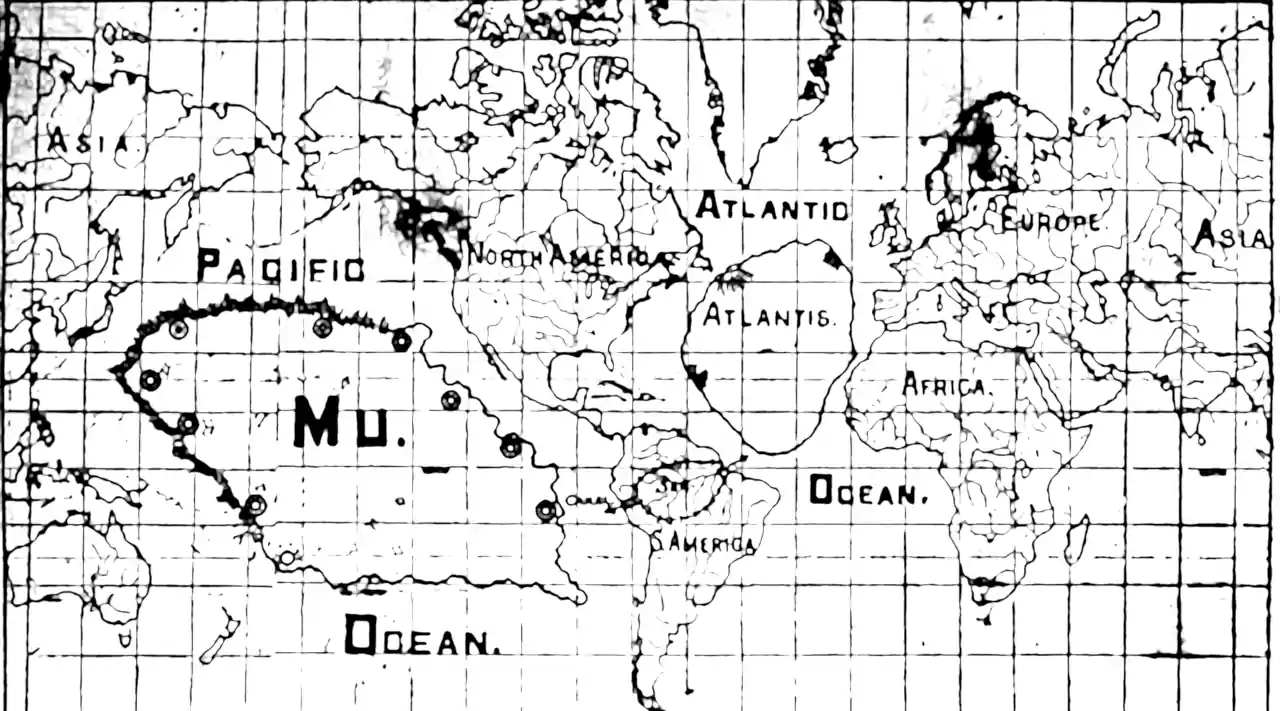SLAM
Simultaneous Location and Mapping
November 25, 2014 — April 28, 2022
Suspiciously similar content
Classic robotics problem: reconstruct a scene by moving a camera around the room.
In practice, it often boils down to a least squares inference problem or more generally a Gaussian Belief propagation inference problem.
1 NICE-SLAM
I am interested in a recent technique that combines implicit representation with SLAM (Zhu et al. 2022).
There are many cool tricks combined there — differentiable rendering etc. Hierarchical implicit representations.
2 Tools
2.1 jaxfg
2.2 gradslam
Differentiable GPB solver (Jatavallabhula, Iyer, and Paull 2020).
2.3 ceres solver
ceres-solver, (C++), the Google least squares solver, seems to solve this kind of problem. I am not sure where the covariance matrices go in. I occasionally see mention of “CUDA” in the source repo so maybe it exploits GPUs these days.
